Search

Sheep Breeds
Everyone has heard the fairytale “Baa Baa Black Sheep Have You Any Wool?” but what about the double-coated California Red, the multi-colored Katahdin sheep with hair, or the East Friesian dairy ewe that produces over 1,100 pounds of milk a year? Sheep come in different shapes, sizes, and colors and all of them provide different functions and uses for producers. These can range from meat, wool, and milk production or a combination of characteristics.
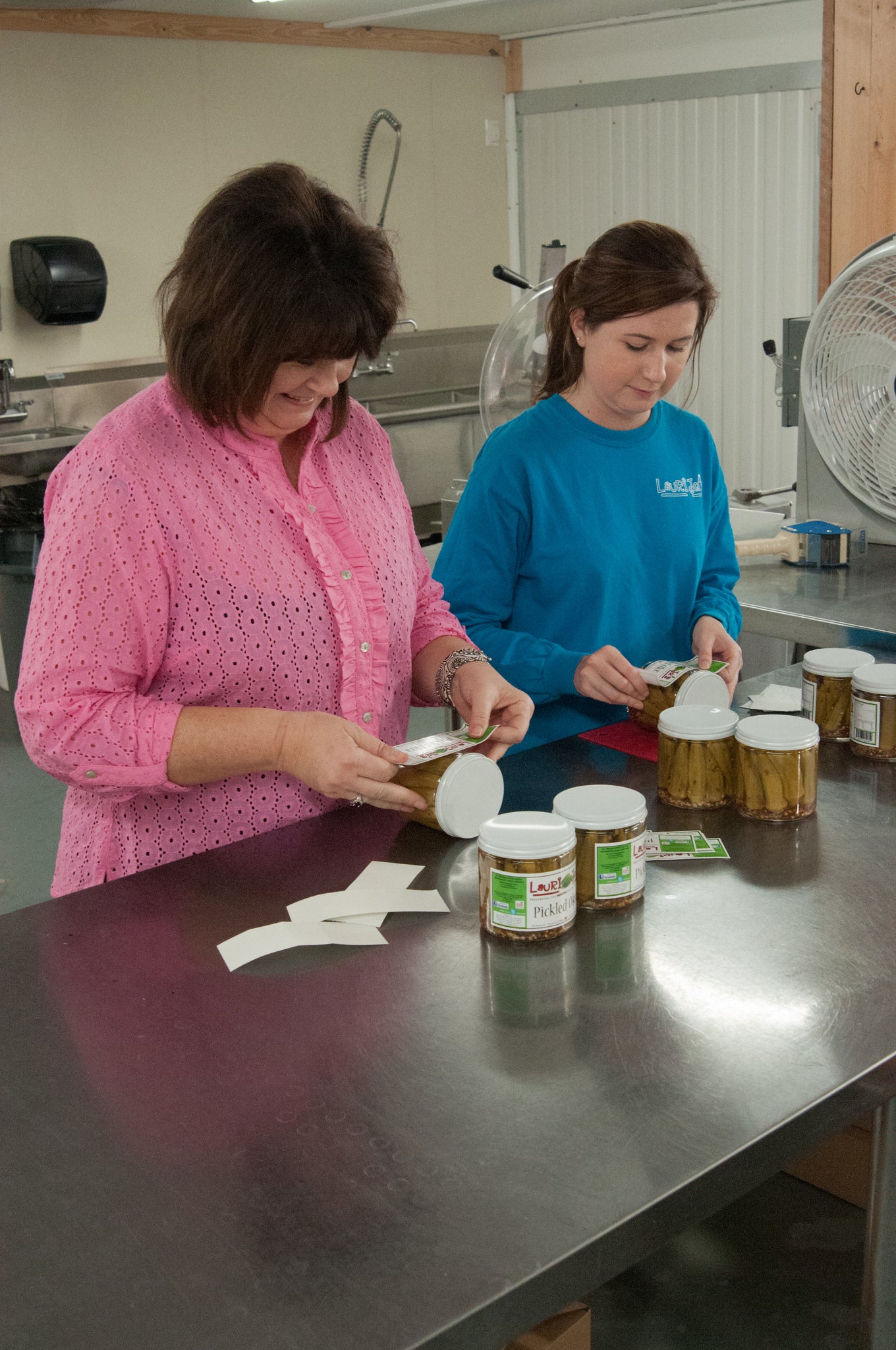
Labeling of Prepared and Processed Foods in South Dakota
Labeling requirements vary in accordance with the type of food that is being sold and in several instances how or where it was prepared or processed.

Sorghum Weed Control
Early competition, especially from grass, is critical for successfully controlling weeds in sorghum. There are preemergence as well as postemergence herbicides available for this crop. Early treatment provides the best control of broadleaved weeds with crop stage also being a critical factor for some postemergence treatments.
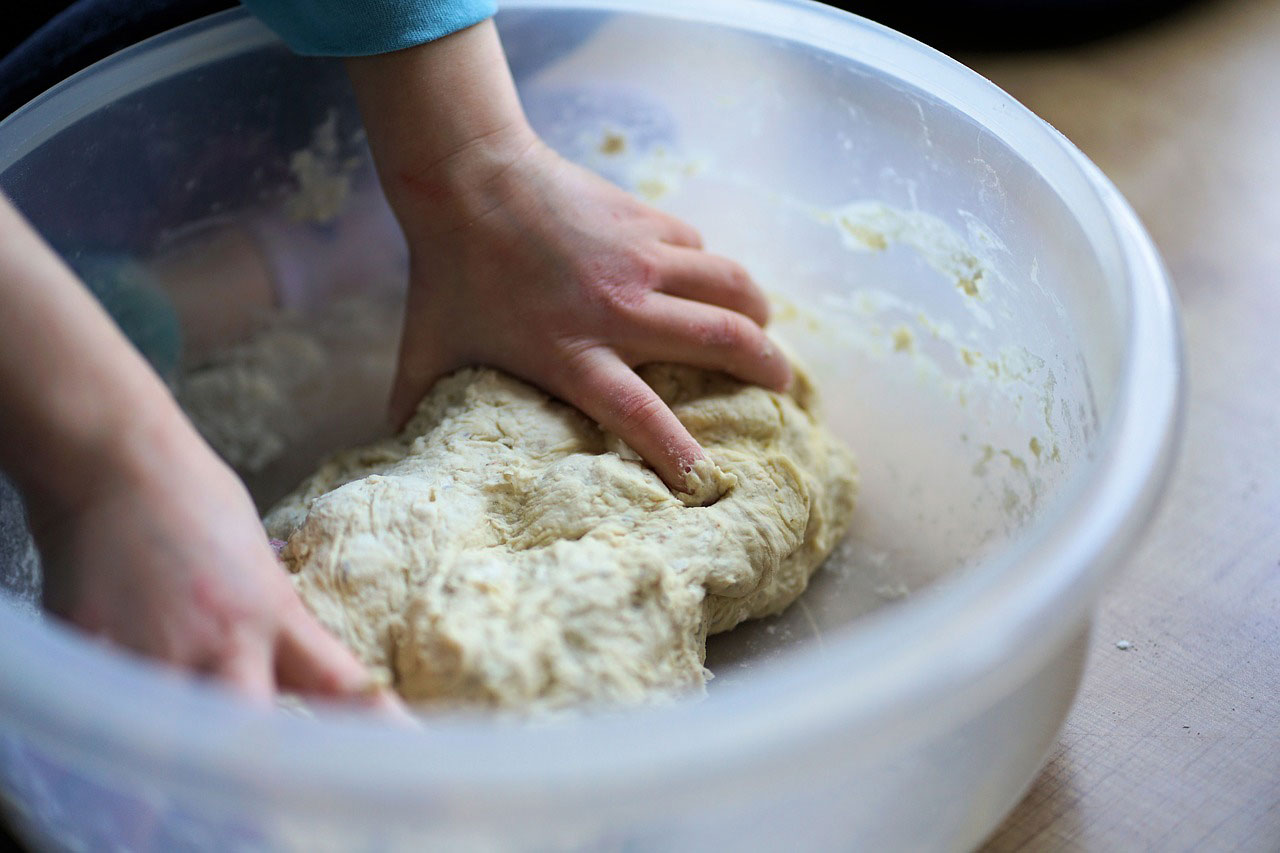
Hydrated Doughs and Batters: How to Safely Handle Food Safety Risks
Making dough and batter is one of the intermediary steps on your way to enjoying great foods, such as scones, cookies, cakes, donuts, pies and more. This article will help you understand the food safety risks associated with food types that have a hydrated batter.

Making a Safe Salad Dressing
Have you ever wondered whether a homemade salad dressing is safe when you’re eating it at your local picnic, potluck dinner, or at a family get together? In this article, we will explore what food safety characteristics need to be addressed to ensure that a salad dressing is made safely.
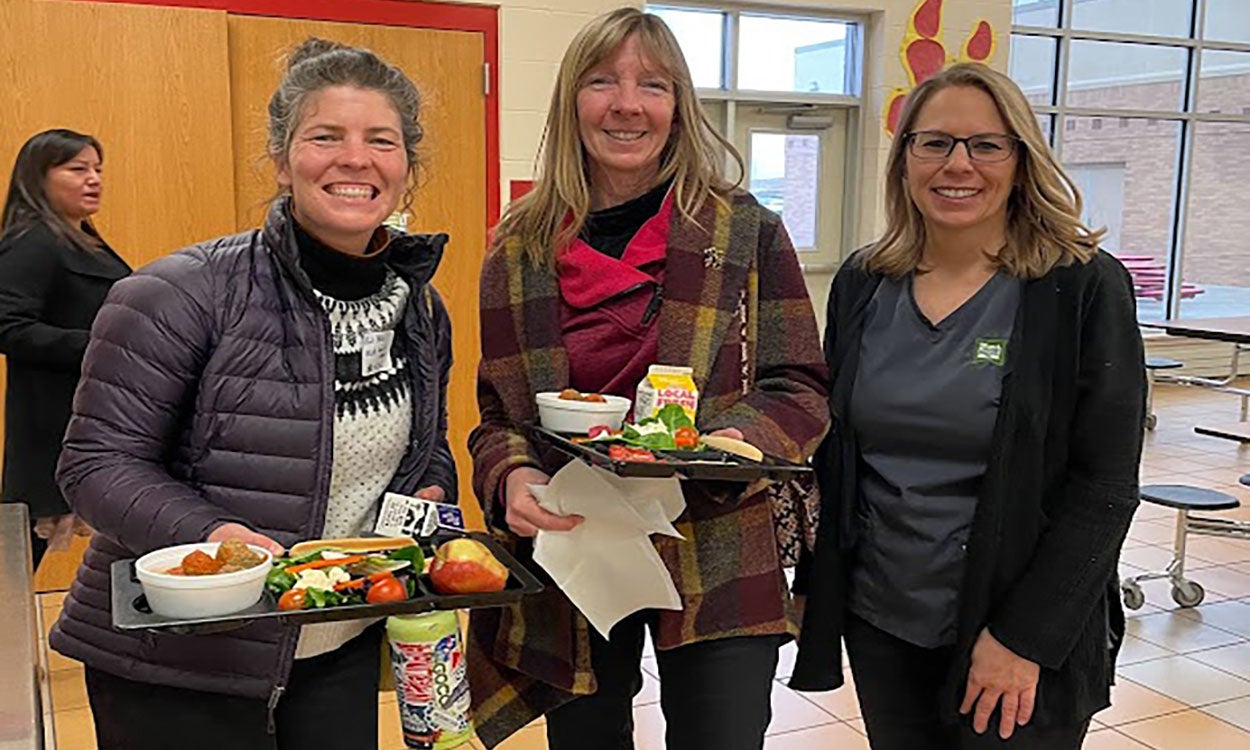
Building Your Farm to School Team
Putting together a farm to school team should include a core group of individuals and agencies dedicated to the farm to school mission. View a list of potential team members to help get your team started today!
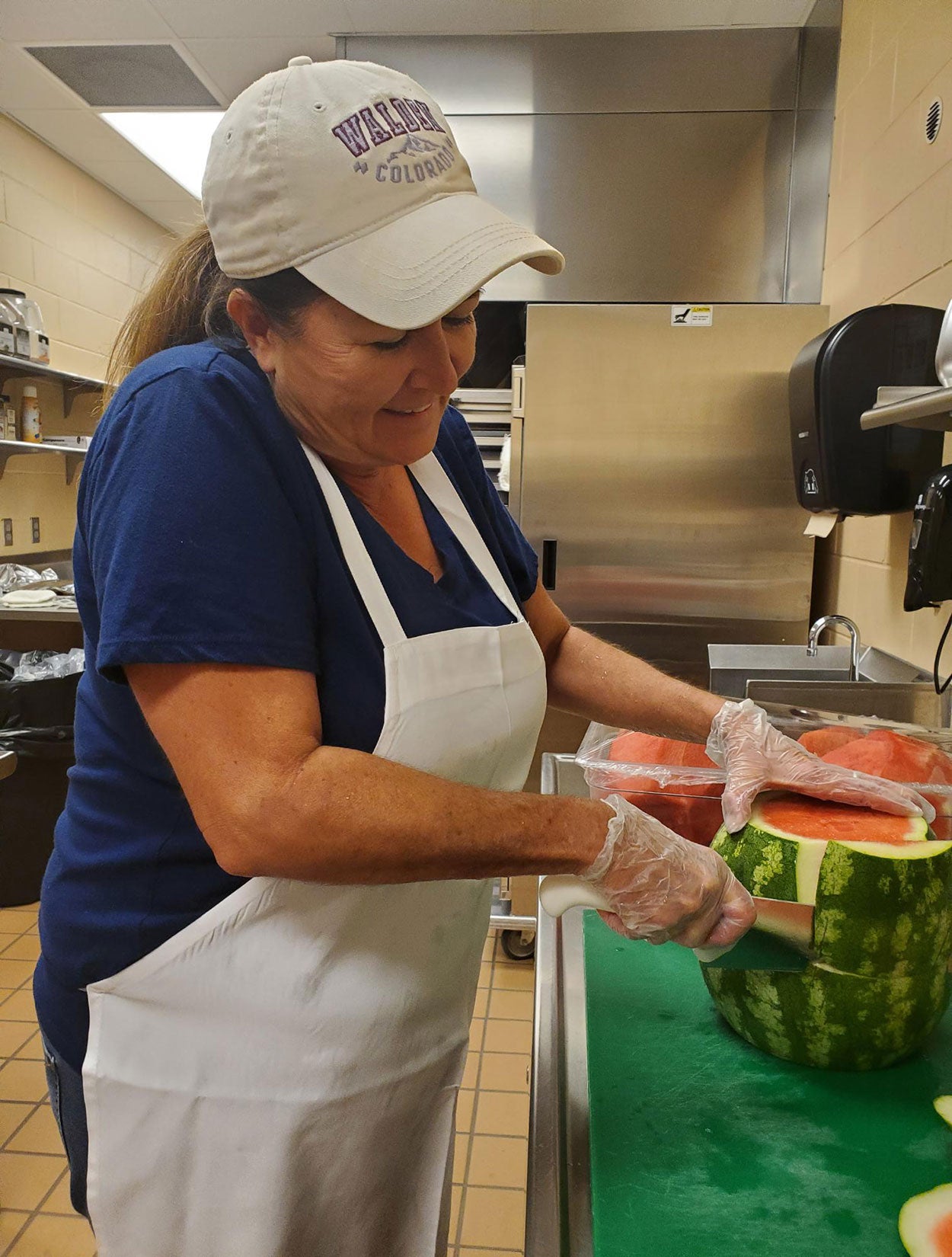
Benefits of Farm to School and Early Care and Education
Farm to school (F2S) programs have potential to create substantial positive impacts on an array of F2S stakeholders, including kids, schools (foodservice and education), early care and education (ECE) programs, agricultural producers, families and communities. Benefits exist in the areas of public health, economic development, education, environment, equity and community engagement.
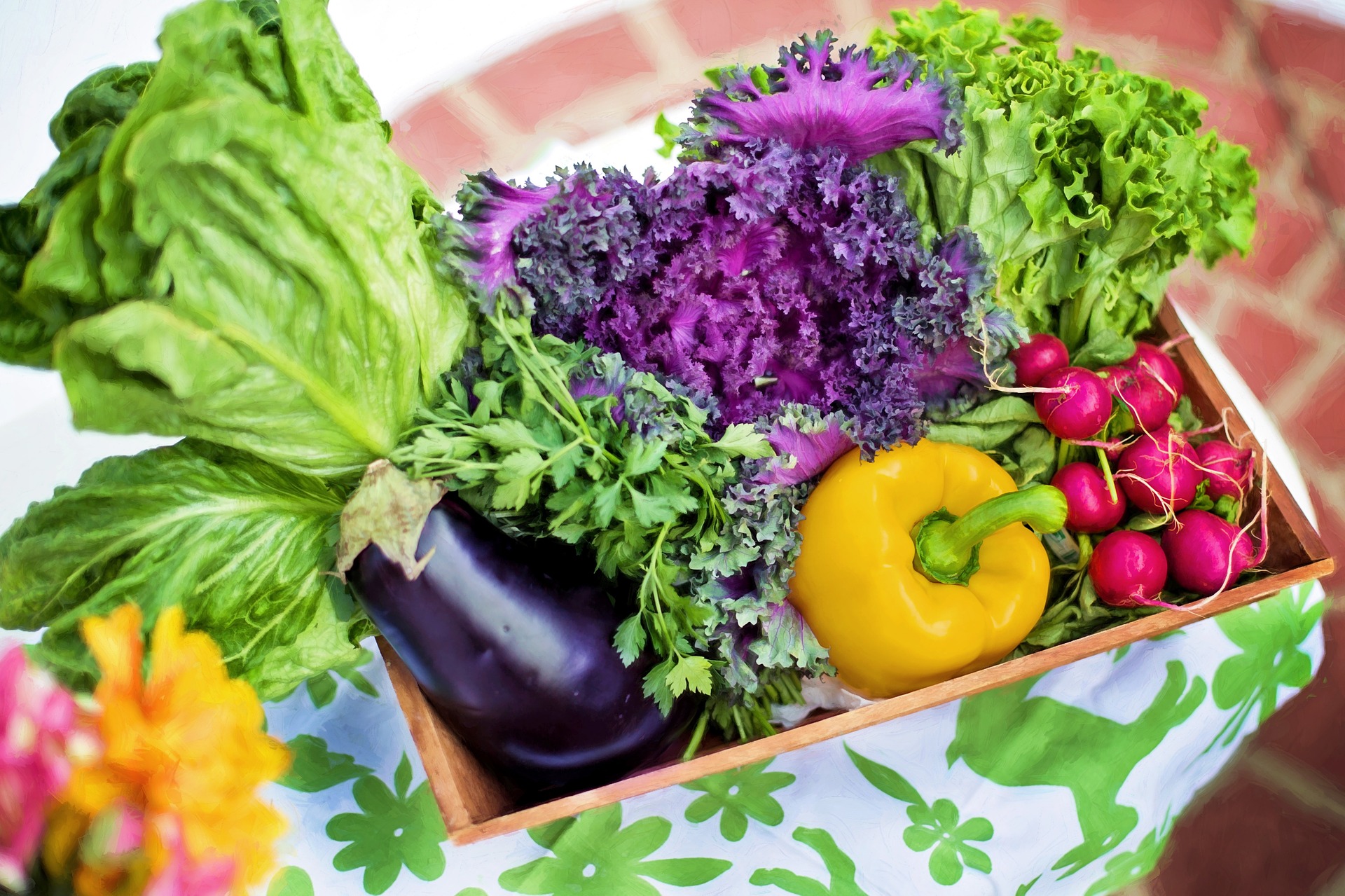
Ask Our Family, Food and Wellness Experts
If you have a question related to family, food or wellness, our team of experts is ready to help.

How to Trim Sheep and Goat Hooves
Guide on how to trim sheet and goat hooves